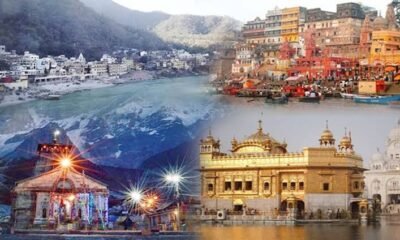Travel Guides & Articles
Insights from MakeMyTrip 2024-25, ETHospitalityWorld
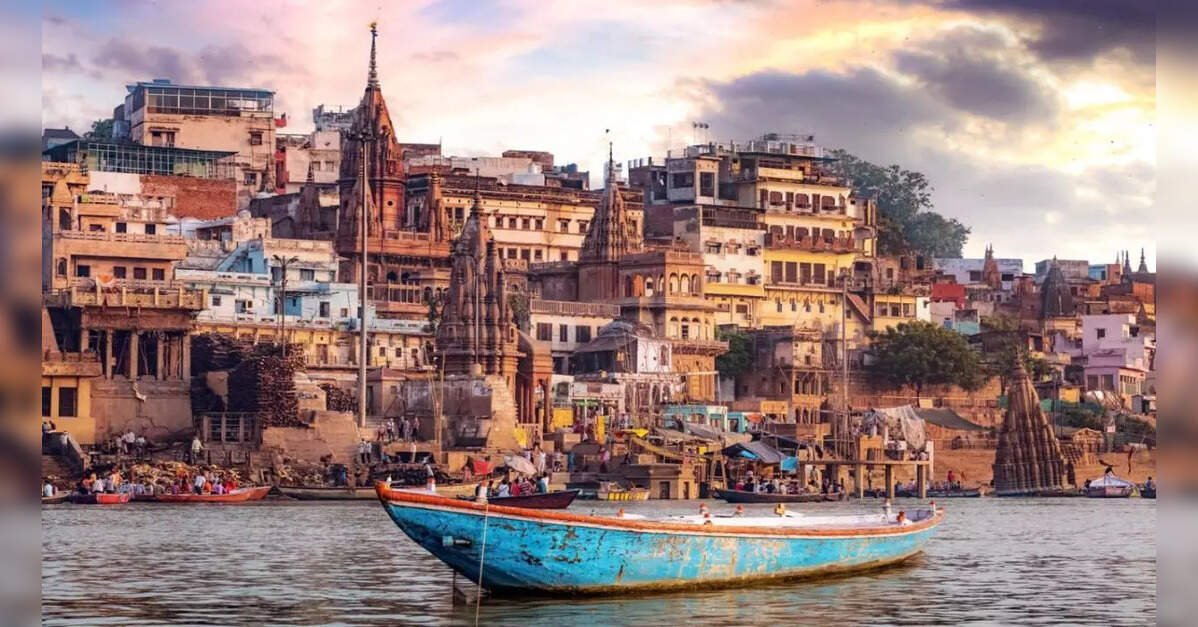
Pilgrimage travel is emerging as one of the fast-growing segments of India’s travel and tourism industry. According to MakeMyTrip’s Pilgrimage Travel Trends 2024-25, accommodation bookings across 56 pilgrimage destinations grew by 19 percent in FY24-25. The pilgrimage travel trends highlight broad-based momentum, with 34 destinations recording double-digit growth and 15 destinations growing by over 25 percent, underscoring how spiritual journeys are becoming a powerful driver of travel demand.
The breadth of growth across pilgrimage destinations can be seen in centres such as Prayagraj (Uttar Pradesh), Varanasi (Uttar Pradesh), Ayodhya (Uttar Pradesh), Puri (Odisha), Amritsar (Punjab) and Tirupati (Andhra Pradesh), which continue to grow. At the same time, places like Khatushyam Ji (Rajasthan), Omkareshwar (Madhya Pradesh) and Thiruchendur (Tamil Nadu) are also registering strong momentum, reflecting the widening canvas of spiritual travel in the country, said an MMT release.
The strong growth in pilgrimage demand is also driving an aggressive expansion of accommodation supply across key destinations. Travellers are largely opting for short, purpose-driven stays, with more than half choosing single-night trips. At the same time, premiumisation is gaining momentum, bookings for rooms priced above Rs 7,000 grew by over 20 percent.
Speaking about the Pilgrimage Travel Trends 2024-25, Rajesh Magow, co-founder and group CEO, MakeMyTrip, said, “Pilgrimage Travel has always been part of our culture, but what we see now is its scale and consistency across the country. We are seeing steady growth, fuelled by stronger connectivity and Indians across all age groups and income segments planning pilgrimage-led trips. This growing demand is broadening traveller expectations and prompting the industry to innovate in ways that better serve the unique needs of the pilgrim traveller.”
Nearly 2 in 3 pilgrimage bookings made within a week of travel: The late booking trend is characteristic of Indian travellers, cutting across all segments of travel. Pilgrimage travel, much like leisure, continues to be booked very close to the date of travel, with more than 63 percent of bookings made within six days of departure.
Pilgrimage travel characterised by short, purpose-led stays: Pilgrimage travel remains defined by short, purpose-driven stays. More than half of all travellers (53 percent) opt for single-night visits, compared to 45 percent in leisure travel.Two-night stays make up nearly one-third (31 percent) of trips, while three-night stays account for just 11 percent. Longer durations of four nights or more together contribute less than 5 percent of bookings, in contrast to leisure travel, which shows a more even spread across multiple nights.
Group travel distinctly stronger in pilgrimage: Group bookings form a much larger share of pilgrimage travel, with 47 percent of trips made in groups compared to 38.9 percent in leisure destinations. This underlines the collective character of pilgrimage journeys, where families, friends, and community groups often travel together, further reinforcing pilgrimage as a deeply shared experience.
High-value bookings in pilgrimage cities outpace leisure destinations: While most pilgrimage accommodation bookings (71 percent) are for rooms priced below Rs 4,500 per night, premiumisation is gaining clear momentum. In FY24-25, bookings for rooms in the Rs 7,000–10,000 range grew by 24 percent, while those above Rs 10,000 grew by 23 percent. In parallel, alternate accommodation options such as homestays and apartments have also gained traction, contributing nearly 10 percent of room night bookings in pilgrimage destinations.
Pilgrimage travel spurs wave of new hotels and homestays: Over the past three years, pilgrimage destinations have seen a sharp rise in accommodation supply. More than a third of all hotel rooms available today at these locations were launched during the past three years, with even faster growth in homestays, apartments, and hostels. The expansion of homestays reflects both new additions and existing properties coming online as hosts tap into rising demand. Premium supply has also scaled rapidly, 63 percent of the premium accommodation available today were launched during the same period, reflecting how businesses are actively investing to capture the demand in the premium segment.
Travellers increasingly combine pilgrimage with leisure experiences: In FY 2024-25, over half (52 percent) of all holiday package bookings on MakeMyTrip were made by travellers seeking pilgrimage-led destinations only. At the same time, nearly 48 percent of bookings were from travellers who sought a combination of pilgrimage as well as leisure destinations within the same holiday package. Taken together, these trends point to a shift, with an increasing number of travellers blending spiritual journeys and leisure pursuits to create a more wholesome experience.
Travel Guides & Articles
This was the most-searched international travel destination by Indians in the first half of 2025. Find out which
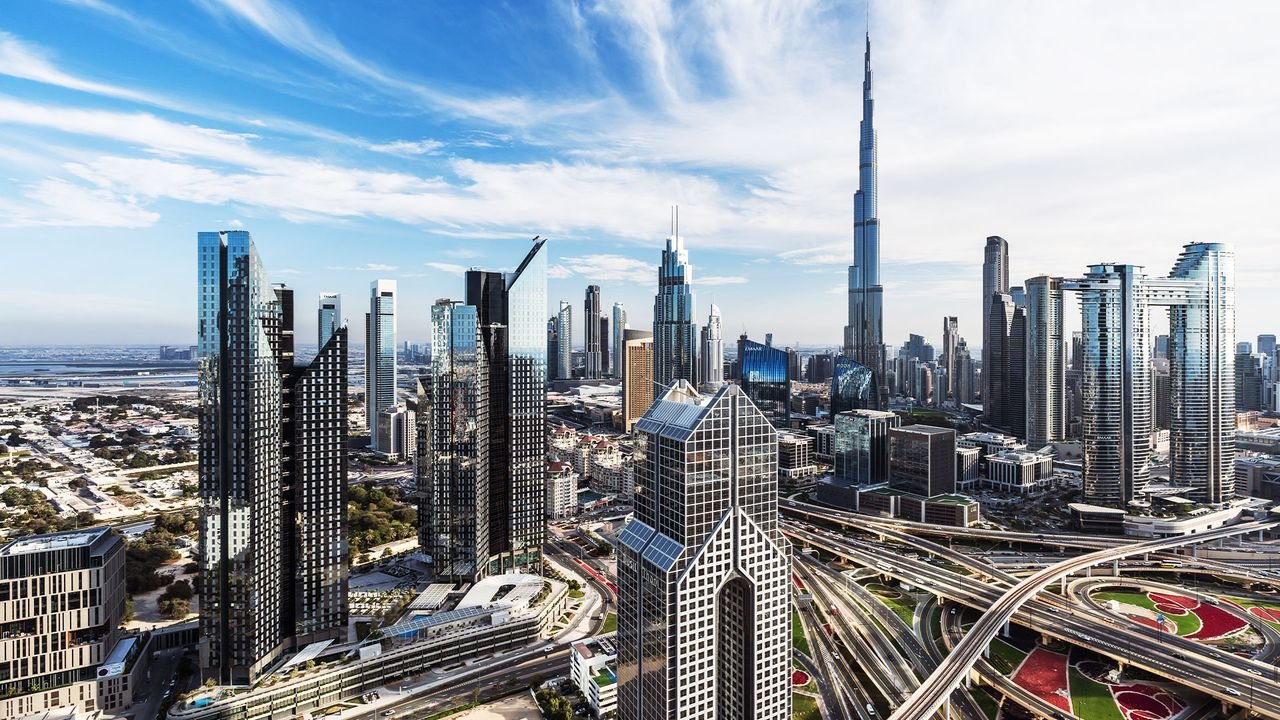
The travel and tourism industry, in India and worldwide, has experienced remarkable growth since the end of the pandemic. According to The Times of India, Indians spent a total of $31.7 billion on trips abroad in the 2024 fiscal year, representing a 25% increase compared to the previous year. Additionally, search data from travel platform Booking.com indicates that from January to June 2025, Indians have shown even greater interest in visiting this global hotspot. Scroll down to find out which.
This was the most-searched international travel destination by Indians in the first half of 2025. Find out which
According to Booking.com, Dubai ranked as the most-searched international travel destination by Indians between January and June 2025. Notably, Dubai attracted nearly 10 million visitors in the first half of 2025, with more than ten per cent of them coming from India.
Several factors contribute to the popularity of Dubai among Indian tourists. Flight tickets are affordable, the visa process is simple, and there are countless recreational options available. Visitors can enjoy shopping at luxury malls, marvel at breathtaking views from the top of the Burj Khalifa—the world’s tallest building, embark on a desert safari, experience the excitement of world-class theme parks, or simply relax by the beach.
The UAE’s no-income tax policy attracts many Indians seeking better work opportunities. According to data from the Indian Embassy in the UAE, as of 2024, around 4.3 million Indians reside in the UAE. Approximately 15% of them live in Abu Dhabi, while the rest are spread across the northern Emirates, including Dubai.
Additionally, the data revealed that Japan emerged as the most searched destination within Asia. Booking.com’s statistics from January to June 2025 indicated that Japan ranked among the top searches in 70 per cent of Asian markets, with Tokyo being the most searched city. Interestingly, Japanese travelers primarily searched within their own country, with Seoul as the only foreign city to make it into their top 10 list.
Travel Guides & Articles
Destination DC hosts first-ever reverse India Sales Mission in Washington, DC
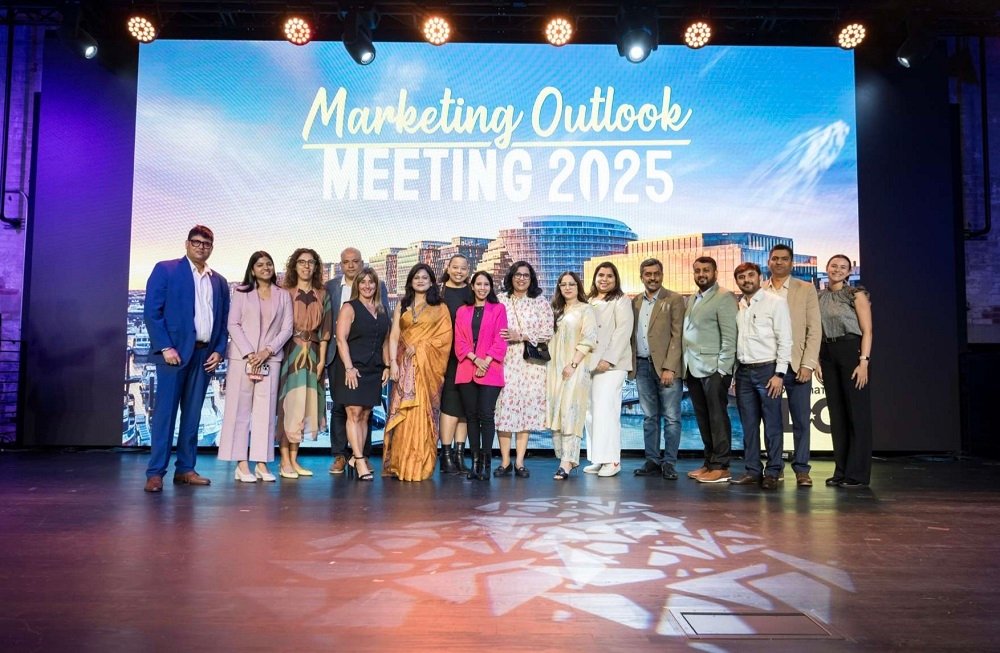
Destination DC (DDC), the official destination marketing organization for the U.S. capital, successfully hosted 13 prominent Indian travel trade partners for its inaugural Reverse India Sales Mission, held in Washington, DC from August 23–28, 2025. Over six days, the visiting delegation engaged in curated programs fostering business development and cultural immersion.
17 local partners, including hotels, museums, restaurants, city tours and experiences, participated in one-on-one meetings and roundtable discussions with the trade. The agents also explored some of DC’s best offerings, including the tour of the iconic National Mall with Capitol Express Tours, Smithsonian museums, The People’s House: A White House Experience, and more. The group was in town just in time for the DC Jazz Festival and enjoyed a private jazz dinner with live music at the rooftop of the Kimpton Banneker Hotel.
The greatest highlight of this trip was the Destination DC’s Marketing Outlook Meeting held at Capital Turnaround, a unique meeting space inside Navy Yard’s historic streetcar barn. The DDC team announced the latest visitation data, industry updates and travel forecasts for 2026 in this annual meeting. The attendees enjoyed breakfast and networking with 500+ industry leaders and professionals, followed by a presentation by Destination DC’s President & CEO, Elliott L. Ferguson, II, Didio Pequeno, Director of Hospitality Market Analytics at CoStar Group; and Adam Sacks, President of Tourism Economics.
Reflecting on the success of the mission, Ferguson said, “It was a pleasure hosting the Indian travel trade in Washington, DC, where they were able to experience the District’s unique and diverse cultural and culinary offerings. The growth of visitation numbers from India has been exciting for us, and the market has been, and continues to be, a top focus globally.”
Participating members included a diverse mix of hotels, attractions, restaurants, and tourism partners such as AKA White House, Holiday Inn Washington Capitol – National Mall, Capitol Express Tours, International Spy Museum, Smithsonian’s National Air and Space Museum, Hillwood Estate Museum & Gardens, The People’s House: A White House Experience, Capital Turnaround, Kimpton Banneker Hotel by IHG, The Churchill Hotel Near Embassy Row, Comfort Inn Downtown DC/Convention Center, Pendry Washington DC – The Wharf, and Visit Loudoun County. Culinary and entertainment partners like Karizma Modern Indian, Bombay Street Food, Pappe, RASA Navy Yard, Fish & Fire Food Group, Thompson Hospitality, DC Jazz Fest, Bluemont Vineyard, and Washington Nationals also featured, alongside shopping and experience partners including Tanger Outlets National Harbor, USA Guided Tours, Black Hawk Sedans & Private Tours, and Virginia Beach Convention & Visitors Bureau
Travel Guides & Articles
India-US trade deal: India’s chief trade negotiator may travel to America next week; Modi-Trump call likely soon
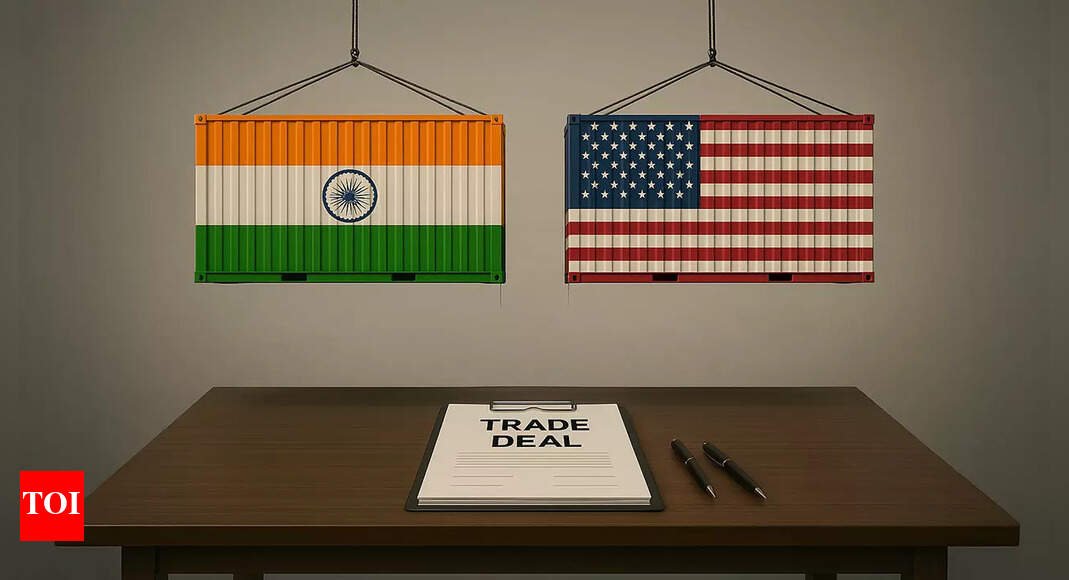
Amidst signs of thaw in the India-US trade deal issues, government officials are likely to travel to America next week. The recent social media post exchanges between Prime Minister Narendra Modi and US President Donald Trump indicate an improvement in relations following a period of tension.Trade talks are set to resume next week, following a pause triggered by the US imposing additional 25% tariff on India regarding Russian oil purchases. Both leaders are also expected to hold a telephone discussion soon.According to an ET report, Rajesh Agarwal, the chief trade negotiator, will travel to Washington for continued discussions with American officials. A source familiar with the matter quoted in the report indicated the situation remains fluid, with uncertainty surrounding potential US tariff concessions in the coming months.
India-US ties: Signs of thaw
Modi and Trump have expressed mutual goodwill, with the PM responding to the US President’s friendly overture on Wednesday. Trump had earlier referred to the Prime Minister as a “dear friend” and indicated positive developments in the previously stalled trade discussions.“India and the US are close friends,” Modi wrote on X. “I am confident our trade negotiations will pave the way for unlocking the limitless potential of the India-US partnership. Our teams are working to conclude these discussions at the earliest.”
Special relationship
“I am also looking forward to speaking with President Trump. We will work together to secure a brighter, more prosperous future for both our people,” Modi said in response to Trump’s mention of the upcoming telephone conversation.On Wednesday morning, Trump posted on Truth Social stating that he was “pleased to announce India and the US are continuing negotiations to address the trade barriers between our two nations.”Also Read | India-US trade deal: Should India be enthralled by Donald Trump’s outreach to PM Modi?“I look forward to speaking with my very good friend, Prime Minister Modi, in the upcoming weeks,” the US President said. “I feel certain there will be no difficulty in coming to a successful conclusion for both of our great countries!”
Why has the US softened its stance on trade deal talks?
A source told ET that the informal meeting between Russian, Indian and Chinese leaders at the Shanghai Cooperation Organisation summit in Tianjin influenced this moderated stance from Trump. This gathering sparked discussions within pro-Trump circles regarding India-US relations.Notably, in the past ten days, Trump has refrained from claiming credit for the India-Pakistan ceasefire arrangement, an issue that previously caused friction with New Delhi.
Friction in ties remains
Reports indicate that Trump has requested European Union authorities to evaluate implementing up to 100% tariffs on Chinese goods, with suggestions to extend similar measures to India.Diplomatic friction has increased following the US implementation of a 25% duty on Indian imports, subsequently increased to 50% due to India’s continued Russian oil procurement.Also Read | Donald Trump wants EU to impose up to 100% tariffs on India, China – but it is unlikely to agree; here’s whyVarious Trump administration officials, including White House adviser Peter Navarro, who maintains scrutiny on India and BRICS, accuse that India’s oil purchases from Russia are supporting Moscow’s military operations in Ukraine.India has maintained its position on strategic independence, explaining that its Russian oil purchases are driven by domestic needs and global price stability considerations.Finance Minister Nirmala Sitharaman recently affirmed India’s continued Russian oil imports, emphasising that energy decisions follow national interests and economic reasoning rather than external pressure. She noted that the Reserve Bank of India is diversifying its US treasury holdings whilst purchasing gold.
-

 Business2 weeks ago
Business2 weeks agoThe Guardian view on Trump and the Fed: independence is no substitute for accountability | Editorial
-
Tools & Platforms4 weeks ago
Building Trust in Military AI Starts with Opening the Black Box – War on the Rocks
-

 Ethics & Policy2 months ago
Ethics & Policy2 months agoSDAIA Supports Saudi Arabia’s Leadership in Shaping Global AI Ethics, Policy, and Research – وكالة الأنباء السعودية
-

 Events & Conferences4 months ago
Events & Conferences4 months agoJourney to 1000 models: Scaling Instagram’s recommendation system
-

 Jobs & Careers2 months ago
Jobs & Careers2 months agoMumbai-based Perplexity Alternative Has 60k+ Users Without Funding
-

 Podcasts & Talks2 months ago
Podcasts & Talks2 months agoHappy 4th of July! 🎆 Made with Veo 3 in Gemini
-

 Education2 months ago
Education2 months agoVEX Robotics launches AI-powered classroom robotics system
-

 Education2 months ago
Education2 months agoMacron says UK and France have duty to tackle illegal migration ‘with humanity, solidarity and firmness’ – UK politics live | Politics
-

 Funding & Business2 months ago
Funding & Business2 months agoKayak and Expedia race to build AI travel agents that turn social posts into itineraries
-

 Podcasts & Talks2 months ago
Podcasts & Talks2 months agoOpenAI 🤝 @teamganassi


